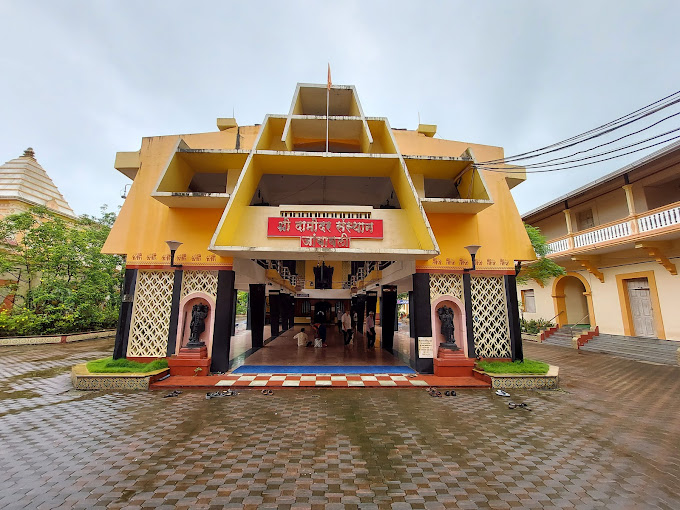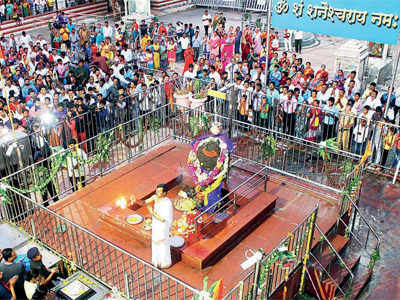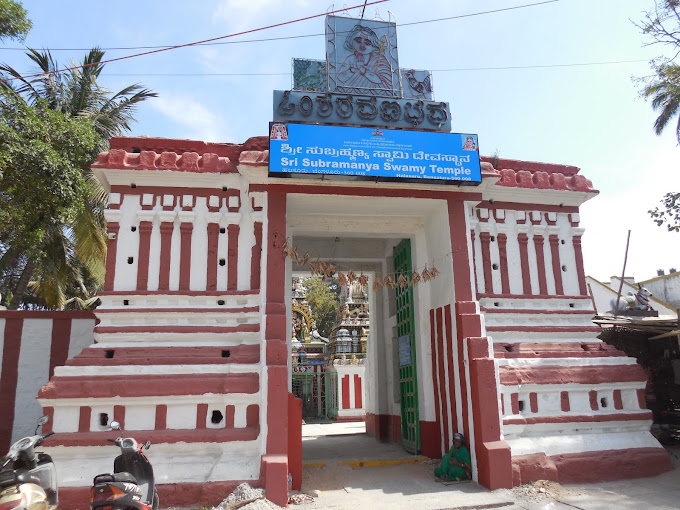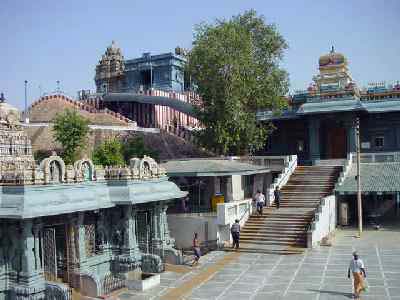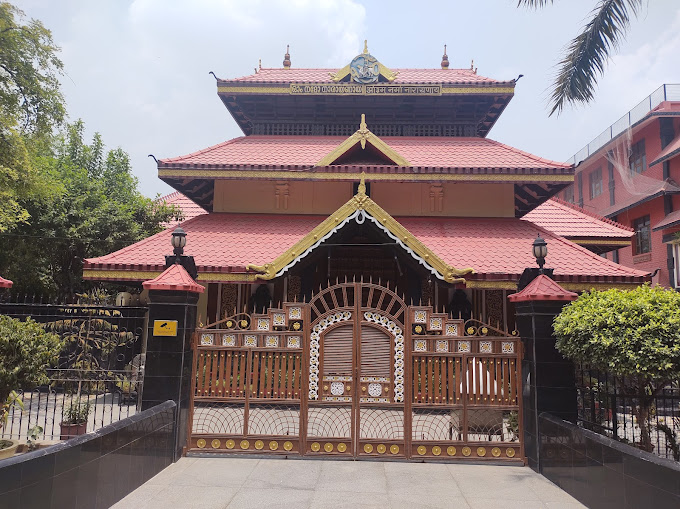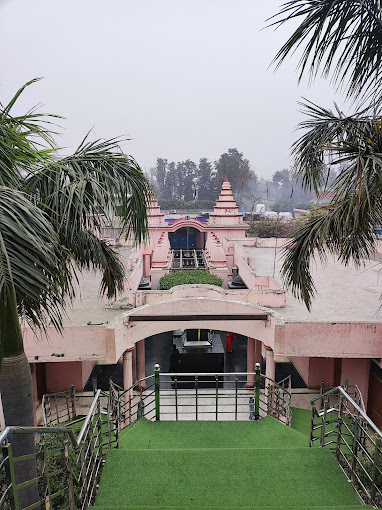Trincomalee Sri Thirukkoneswaram Temple, Srilanka

Address
Trincomalee Sri Thirukkoneswaram Temple, Trincomalai , Sri Lanka- 31000 Telephone No : +94 26 222 6688
Diety
Thirukkoneswaram Amman: Mathumaiyal
Introduction
Thirukoneswaram, or the Holy Koneswaram Temple, is a Hindu temple in Thirukonamalai (Trincomalee) on the east coast of Sri Lanka. The temple lies on a high rocky promontory surrounded on three sides by the sea. It bears a history of over three millennia with its records indicating its roots in 1580 BC. This, still beautiful, historical monument is what remains of what once was a sprawling temple city equal to the ancient city of Madurai, India. Koneswaram gains its name from the main deity of the temple, the Hindu God Shiva. Shiva, who is also called Eeshwar or Eeshwarar, reigns over the mountain of Holy Konam (Thirukonamalai (Tamil): Thiru – Holy; Konam- Name; Malai – Mountain) hence giving the name Thirukoneshwarar (Thiru-Kona -Eeshwarar). The name ‘Konam’ is believed to have come from the Old Tamil word meaning ‘peak’. Another name given to the temple is ‘Dakshina Kailayam’; a Sanskrit name meaning ‘Mount Kailash of the South’. Some also call it ‘Aathi Koneswaram’, where ‘Aathi’ is the Tamil word for ancient.
Puranic Significance
According to the Ramayana story in Sri Lanka , this is a wonderful temple located on a rock promontory which is built by Rishi Agastya on the instructions of Lord Shiva who was impressed by the devotion of king Ravana. It is also said in the epic of Ramayana that Lord Rama built the second lingam here to get rid of the Brahmahasthi Dosham which was caused by malediction of killing Ravana who was a Brahmin. It is also believed that Lord Rama has offered his prayers here too to get rid of this Dosham. This temple is respected as one among the Pancha Ishwarams in Sri Lanka and Ramayana related sites in Sri Lanka. Historical Background: With related to the Sri Lanka Ramayana history, Koneshwaram has many strong historical associations where the shrine is described in the Vayu Purana, the Konesar Kolvettu and Tevaramhymns by Sambandhar and Sundarar a Paadal Petra Sthalam. This famous temple was built here during the glorious era of the Tamil Pallava and Chola and Pandya empires, was destroyed by Portuguese Christian between 1622 and 1624. It is believed that the temple was developed from 205 BC, the original Kovil combined key features to form its basic Dravidian temple plan, such as its thousand pillared hall – “Aayiram Kaal Mandpam” – and the Jagati expanses by King Elara Manu Needhi Cholan. Also this is regarded as the greatest building of its age for its architecture, elaborate sculptural bas – relief ornamentation adorned a black granite megalith while it’s multiple gold plated gopuram towers were expanded in the medieval period.
Special Features
In line with custom of Tamil Hindu temple compounds, the complex houses shrines to several deities. Koneswaram is the easternmost shrine of the 5 ancient Iswarams of Lord Shiva on the island, the others being Naguleswaram (Keerimalai), Thiruketheeswaram (Mannar), Munneswaram (Chilaw) and Tenavaram (Tevan Thurai). Koneswaram has attracted thousands of pilgrims from across Asia, its Shiva shrine mentioned in the Ramayana and the Mahabharata written from 400 to 100 B.C. describe at length its attraction to pilgrims from many countries and from 600 to 660, it has been glorified as one of 275 Shiva Sthalams, or holy Shiva dwellings on the continent in Tevaram. Swami Rock is heralded as a Shiva Upa Peetha (base) of Lanka in the Sivacharita, a Sanskrit work in praise of Shiva, and subsequent manuscripts of the Pithanirnaya (Maha Piitha Nirupana) as a general Sakta Peetha of Lanka with a temple of the compounds dedicated to the goddess Indraksi Devi and a male deity Raksasesvara – a reference to Ravana. Kullakottan reconstructed the Three Pagodas of Thirukonamalai, the other two dedicated to Vishnu-Thirumal and that of the Mother-Goddess (Tirukkamakkottam – a consort of Shiva) on the promontory over a far greater area than at present. This latter temple to the goddess – Ambal/Uma/Shakti/Shankari Devi – was one of the 18 Maha Shakthi Peethas, those Shakti Peethas consecrated to the goddess which are mentioned in the Ashta Dasa Shakthi Peetha Stotram by the Hindu philosopher Adi Shankara (788—820). The Vishnu-Thirumal temple was likely the first temple encountered on the promontory – and is mentioned in Oud en Nieuw Oost-Indiën written in 1726 by François Valentijn.The temple closest to the sea end was likely that dedicated to the goddess, where the current reconstructed Shiva temple stands. Smaller shrines within the complex to Ganesh, Durga, Murukan, Agastya, and the Navagraha including the sun god Surya would have been customary near the main shrine in the centre to Shiva – the Murukan shrine is hailed at large in the Thiruppugazh series of Arunagirinathar.
Festivals
The Koneswaram temple is well known for its celebration of the traditional Ther chariot festival, the Navaratri and Sivarathri functions. The Ther Chariot Festival lasts for twenty two days in April and focuses on preparing the deities and the community for Puthandu, the Tamil New Year. Navaratri lasts for nine days and is dedicated to various aspects of the presiding goddess, whereas Sivarathri is dedicated to Siva. Devotees visit the temple to attend the daily pujas and make their offerings. Booths are erected outside for the sale of food, drink, brassware, pottery, cloth and holy images. These functions primarily attract Hindus to the temple. The main Thirukoneswaram Ther Thiruvilah Festival, the twenty-two-day annual chariot festival begins with the hoisting of the temple Nandi flag. This is followed by temple processions of Lord Konesar and his consort Mathumai Ambal, installed and pulled in an ornate chariot temple car while deities Pillayar and Murugan with his two consorts Valli and Theivayanai are taken ahead in two other decorated chariots. This is conducted throughout Trincomalee district, and follows Kulakottan’s stone scriptures detailing how Hindus in Tamil villages like Sambaltivu, lands which historically belonged to the temple, are entitled to hold poojahs as their Upayam during the annual festival period. Until April 1624 the Koneswaram Ther Festival occurred around Puthandu in April annually with five chariots and this tradition was reintroduced in April 2003, three hundred and seventy nine years later.[96] The water-cutting Theertham Thiruvilah festival (holy bath) takes place annually in the centuries-old Papanasachunai holy well (Papanasam Theertham) on Swami Rock during the Ther festival period. The deity and other holy artefacts are bathed in the water of the well in the complex’s sacred precincts. Devotees are sprayed with the holy water following the Theertham.[96][97] The Theppath Thiruvilah Boat Festival consists of Lord Konesar and goddess Mathumai Ambal taken in a boat around the temple from Swami Rock via the Back Bay Sea to the Dutch Bay Sea. Religious discourses and cultural items take place throughout the night before Puthandu at the Dutch Bay Sea beach. Thereafter the deities are taken to the temple early morning the next day on Puthandu by road through the Fort Frederick entrance. The Trincomalee Bhadrakali Amman Temple and other Hindu temples have held their water-cutting Theertham festivals in the Back Bay Sea (Theertha Kadatkarai) for several centuries.[98] The Koneswaram Poongavanam Festival – the Temple Garden Festival is held during this twenty-two-day festival period. An annual three-day procession follows Maha Sivarathri Day, observed every year since 1951 following the rediscovery of the bronze idols in 1950. Occurring in three stages, on each day of the festival, the images of the chief deity Konesar, the presiding consort goddess Mathumai Amman, Ganesh and Murugan are brought from Swami Rock to the entrance of Fort Fredrick in decorated Ther temple cars before being paraded through the whole Periyakadai of the Trincomalee town. The chariot cars are pulled by devotees through a decorated route while singing hymns. Devotees hold Poorna kumbham outside their houses along the route and worship as the procession moves. On the second day of the festival there is a procession to the Pathirakalai Ambal Temple where the images are kept for the evening. On the final day of the festival, the large chariots are pulled back to Koneswaram along a route through Trincomalee, accompanied by traditional Nadeswaram and Thavil musicians.
Century/Period/Age
1000-2000 years old
Managed By
Government of Srilanka
Nearest Bus Station
Trincomalee
Nearest Railway Station
Trincomalee
Nearest Airport
Jaffna
